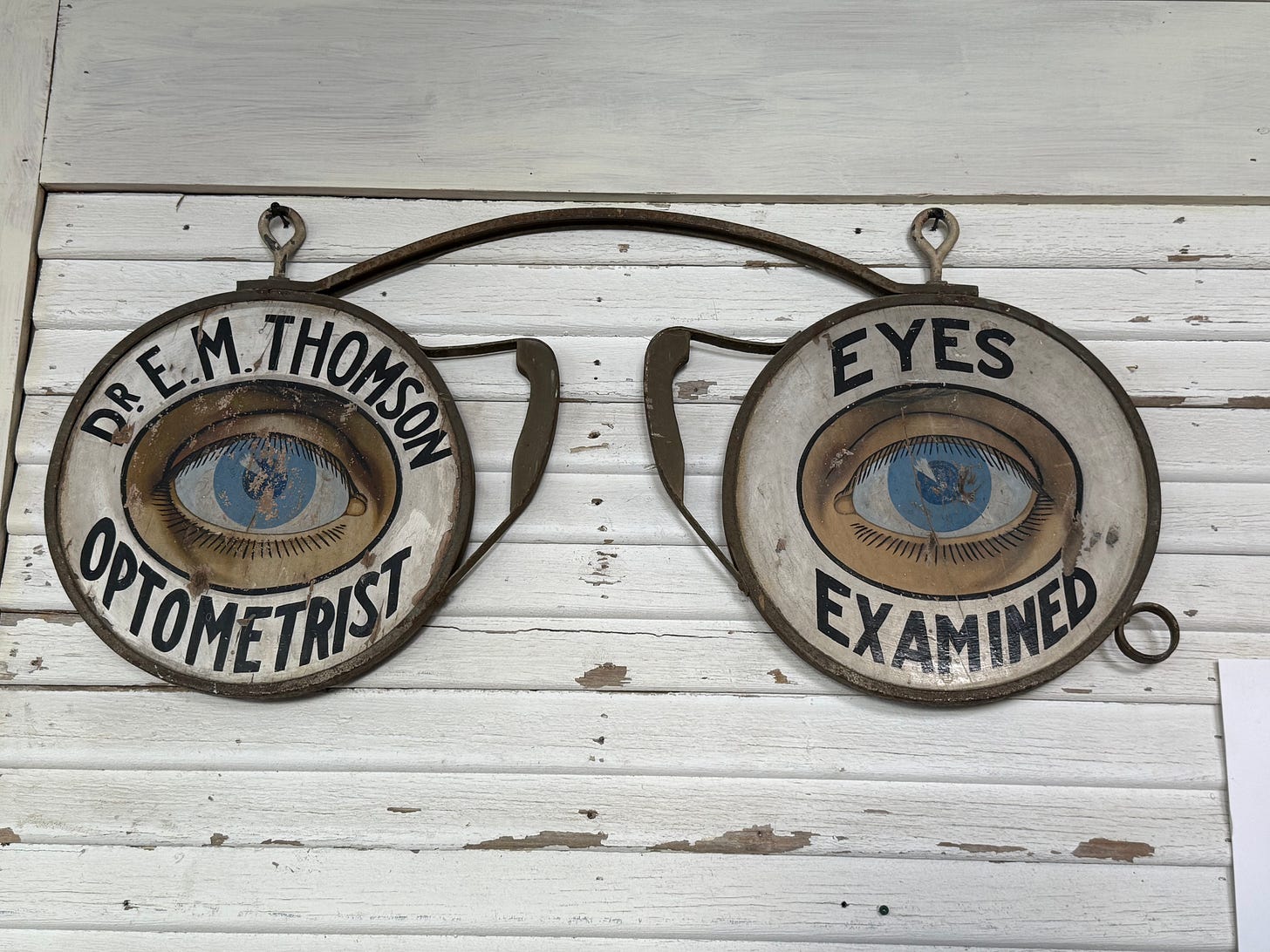Found at the Ellis County Museum, Waxahachie, TX. Photo by author. (I was dropping off some copies of a book to the museum that I wrote about Waxahachie a life time ago!)
Thoughts from grading this week:
A class in US History from the pre-Columbian period to 1877 began last week. Student are required to do a project over the semester. They have to choose a primary source or a movie to analyze. So far, I’ve had one student request to analyze the TV show “The Chosen” about Jesus and another to look at the Big Bulge (World War II). At least the Bulge is related to US history, though definitely AFTER 1877 (World War II dates for the US from 1941-1945)—but a TV show about Jesus? I just cannot.
I’m having to replace a seminal text on historical research methods with OERs. Don’t know what an OER is? That would be an open educational resource. In other words, I can’t ask students to buy the $30 book if I can cobble together things for free that are roughly the equivalent. But that’s tough in this case because there aren’t a lot of articles that discuss what it means to think like a historian. Most articles deal directly with the back end of things—what historians have thought about a particular topic rather than an epistemological approach to “thinking” like a historian. There are several books on “thinking” like a historian—but none that are free or even digitized.
So what does it mean to “think” like a historian? That sort of gets into the “is writing/researching history a science or an art?” question. Like, are there rules to follow or do you just go by the “feel” of things?
Certainly there are some rules—one big one is: find and use primary sources. As many on your topic as you can find because as we all know, many primary sources are biased, and you want to get at as many different angles of a topic as possible. What do I mean by this?
Let’s say you are interested in a topic. Take, for example, something I’m tracking down right now. I found a reference to a court case called “The State of Texas versus Helen Byrne.” In the notes, it says that Byrne was being tried for pouring boiling coffee on her slave. I’m going to track down everything I can find on this—the case records, census records, tax records, slave schedules, any witness accounts, any first-hand accounts, letters, diaries, newspaper accounts, etc. because they are all going to reveal something different and maybe, just maybe, by looking at all these different angles I can come up with something approximating what really happened and then try to make some meaning from it. Some of that is starting with questions—like why was a white woman being tried for hurting an enslaved woman? That usually didn’t happen. Why did it in this case?
Can I trust these sources? There’s a rule—determine whether a source is trustworthy or not.
Another rule for historians? Ask a lot of questions. Then look for answers.
Another rule? Read what other historians have already written on the topic. I’ll soon be digging into secondary sources to see what historians have said about white people—slave owners—who were brought to court over harming or killing enslaved peoples.
Here’s an important rule: Approach your topic with as little personal bias as possible. So you have some ideas but maybe the evidence doesn’t match those ideas. Follow the evidence—not the other way around.
Enough for day—you get the idea. I did run across this book, whose forward made the OER cut for the course:
Davis, Natalie Zemon. “Foreword.” In The Allure of the Archives, by Arlette Farge, translated by Thomas Scott-Railton, ix–xiii. New Haven, CT: Yale University Press, 2013.
A fascinating love story to archives! Happy researching.



